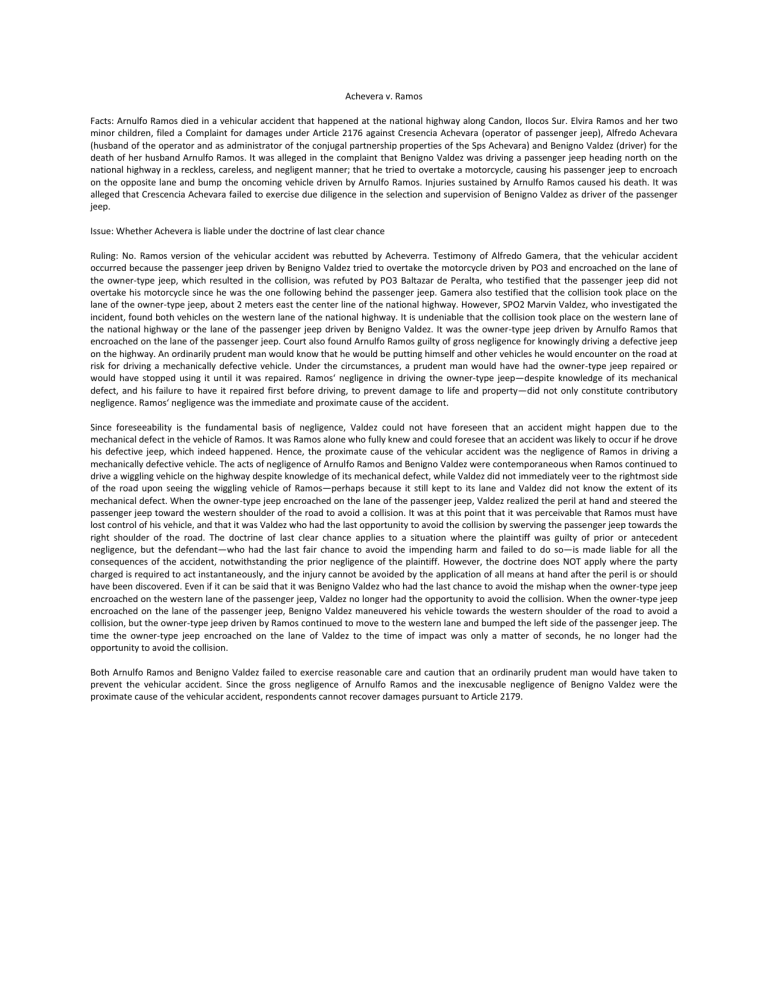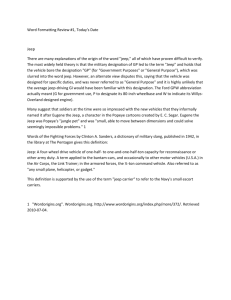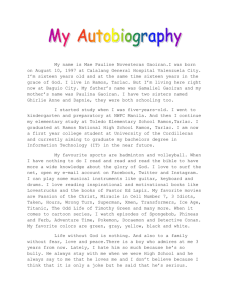
Achevera v. Ramos Facts: Arnulfo Ramos died in a vehicular accident that happened at the national highway along Candon, Ilocos Sur. Elvira Ramos and her two minor children, filed a Complaint for damages under Article 2176 against Cresencia Achevara (operator of passenger jeep), Alfredo Achevara (husband of the operator and as administrator of the conjugal partnership properties of the Sps Achevara) and Benigno Valdez (driver) for the death of her husband Arnulfo Ramos. It was alleged in the complaint that Benigno Valdez was driving a passenger jeep heading north on the national highway in a reckless, careless, and negligent manner; that he tried to overtake a motorcycle, causing his passenger jeep to encroach on the opposite lane and bump the oncoming vehicle driven by Arnulfo Ramos. Injuries sustained by Arnulfo Ramos caused his death. It was alleged that Crescencia Achevara failed to exercise due diligence in the selection and supervision of Benigno Valdez as driver of the passenger jeep. Issue: Whether Achevera is liable under the doctrine of last clear chance Ruling: No. Ramos version of the vehicular accident was rebutted by Acheverra. Testimony of Alfredo Gamera, that the vehicular accident occurred because the passenger jeep driven by Benigno Valdez tried to overtake the motorcycle driven by PO3 and encroached on the lane of the owner-type jeep, which resulted in the collision, was refuted by PO3 Baltazar de Peralta, who testified that the passenger jeep did not overtake his motorcycle since he was the one following behind the passenger jeep. Gamera also testified that the collision took place on the lane of the owner-type jeep, about 2 meters east the center line of the national highway. However, SPO2 Marvin Valdez, who investigated the incident, found both vehicles on the western lane of the national highway. It is undeniable that the collision took place on the western lane of the national highway or the lane of the passenger jeep driven by Benigno Valdez. It was the owner-type jeep driven by Arnulfo Ramos that encroached on the lane of the passenger jeep. Court also found Arnulfo Ramos guilty of gross negligence for knowingly driving a defective jeep on the highway. An ordinarily prudent man would know that he would be putting himself and other vehicles he would encounter on the road at risk for driving a mechanically defective vehicle. Under the circumstances, a prudent man would have had the owner-type jeep repaired or would have stopped using it until it was repaired. Ramos‘ negligence in driving the owner-type jeep—despite knowledge of its mechanical defect, and his failure to have it repaired first before driving, to prevent damage to life and property—did not only constitute contributory negligence. Ramos‘ negligence was the immediate and proximate cause of the accident. Since foreseeability is the fundamental basis of negligence, Valdez could not have foreseen that an accident might happen due to the mechanical defect in the vehicle of Ramos. It was Ramos alone who fully knew and could foresee that an accident was likely to occur if he drove his defective jeep, which indeed happened. Hence, the proximate cause of the vehicular accident was the negligence of Ramos in driving a mechanically defective vehicle. The acts of negligence of Arnulfo Ramos and Benigno Valdez were contemporaneous when Ramos continued to drive a wiggling vehicle on the highway despite knowledge of its mechanical defect, while Valdez did not immediately veer to the rightmost side of the road upon seeing the wiggling vehicle of Ramos—perhaps because it still kept to its lane and Valdez did not know the extent of its mechanical defect. When the owner-type jeep encroached on the lane of the passenger jeep, Valdez realized the peril at hand and steered the passenger jeep toward the western shoulder of the road to avoid a collision. It was at this point that it was perceivable that Ramos must have lost control of his vehicle, and that it was Valdez who had the last opportunity to avoid the collision by swerving the passenger jeep towards the right shoulder of the road. The doctrine of last clear chance applies to a situation where the plaintiff was guilty of prior or antecedent negligence, but the defendant—who had the last fair chance to avoid the impending harm and failed to do so—is made liable for all the consequences of the accident, notwithstanding the prior negligence of the plaintiff. However, the doctrine does NOT apply where the party charged is required to act instantaneously, and the injury cannot be avoided by the application of all means at hand after the peril is or should have been discovered. Even if it can be said that it was Benigno Valdez who had the last chance to avoid the mishap when the owner-type jeep encroached on the western lane of the passenger jeep, Valdez no longer had the opportunity to avoid the collision. When the owner-type jeep encroached on the lane of the passenger jeep, Benigno Valdez maneuvered his vehicle towards the western shoulder of the road to avoid a collision, but the owner-type jeep driven by Ramos continued to move to the western lane and bumped the left side of the passenger jeep. The time the owner-type jeep encroached on the lane of Valdez to the time of impact was only a matter of seconds, he no longer had the opportunity to avoid the collision. Both Arnulfo Ramos and Benigno Valdez failed to exercise reasonable care and caution that an ordinarily prudent man would have taken to prevent the vehicular accident. Since the gross negligence of Arnulfo Ramos and the inexcusable negligence of Benigno Valdez were the proximate cause of the vehicular accident, respondents cannot recover damages pursuant to Article 2179.



